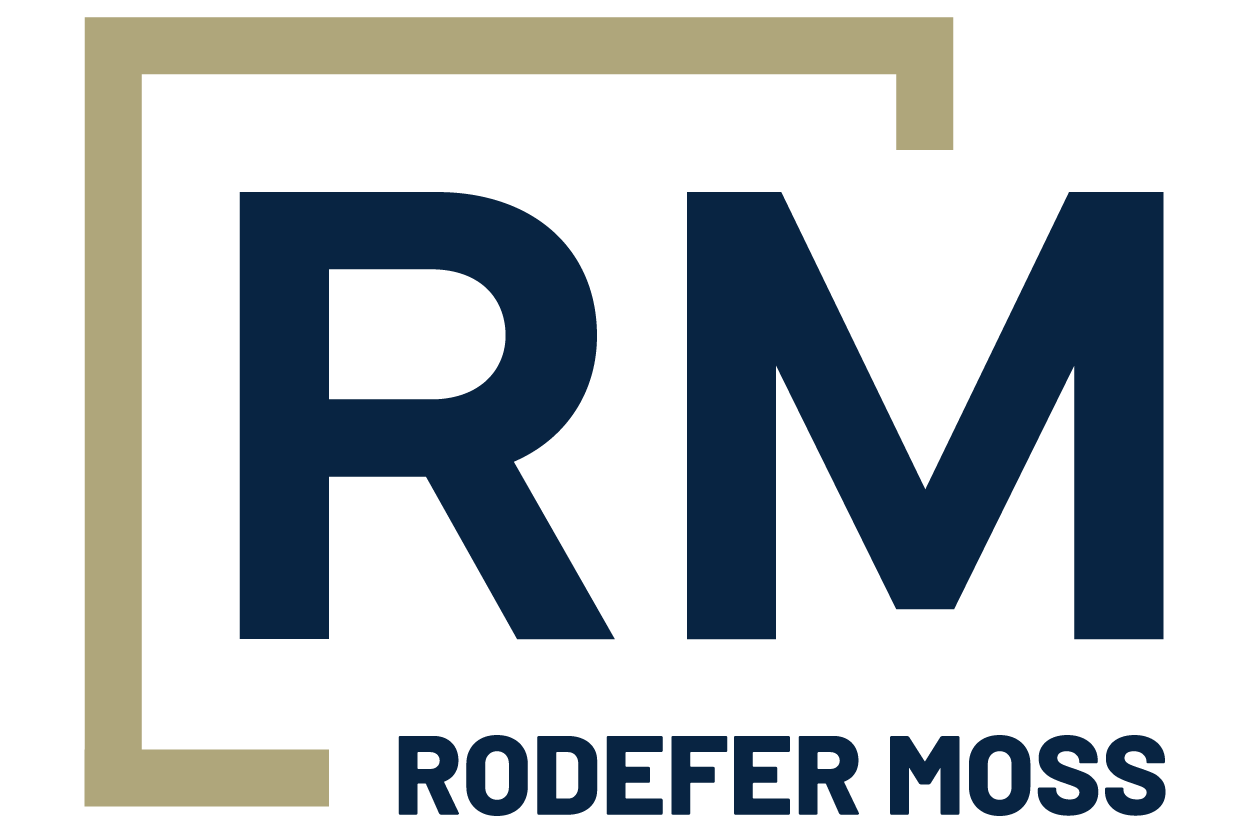.png)
Being nonprofit doesn’t mean nonprofit organizations can’t, or shouldn’t, make a profit. If they don’t, they put themselves in danger of becoming unable to provide the community services for which they were formed and to invest in their programs and employees. Profits in this case also provide critical cash reserves that come in handy in case of an economic downturn.
Whether it’s couched as profit or positive operating margin, the need for nonprofits to profit is intense, as they are routinely buffeted by tax law changes, societal economic conditions (inflation, high interest rates) regulatory rules, reliance on up-and-down donations and many other challenges to their survival and ability to do their work.
Accounting – not just accounting, but effective, smart, precise accounting – is a nonprofit’s operational keystone. Nonprofit accounting is unlike any other kind: the laws and rules are different. Complicating nonprofit life further is that they often have limited staff to carry out these essential tasks. As a result, errors of commission or omission are among the greatest dangers to nonprofit solvency – and profit.
A study in 2015 (and there’s little evidence to suggest the overall landscape has substantially changed since then) by a University of Notre Dame Mendoza College of Business associate professor showed nonprofit accounting error rates 60% higher than those of publicly-traded corporations, and almost twice as high as for-profit businesses of similar size.
“From talking with nonprofit CFOs and auditors, nonprofits have limited resources and understandably seek to expend the vast majority of those resources on mission-related activities rather than on administrative functions like accounting. Although investments in high-quality information systems can pay off by improving a nonprofit’s efficiency and effectiveness, there are difficult tradeoffs to make because dollars spent to upgrade systems or to hire an accountant could mean fewer dollars going to mission-related activities," wrote Jeffrey Burks, associate professor of accountancy.
For discussion’s sake, let’s say, if in the subsequent years those numbers have fallen to 20% higher than publicly-traded corporations and only one-half or one-fourth as high as similar-sized businesses, it still leaves a giant-sized error rate costing nonprofits money and diminishing their ability to accomplish their missions.
The sheer volume of financial records, transactions, donations, expenses and other paperwork is substantial for small nonprofits, mountainous for large ones. Tracking every document and recording it properly is paramount. For example, documentation problems – among the most common nonprofit accounting errors – quickly spill over into audits and balance sheet reporting results. To the degree independent auditors are unable to track or account for a nonprofit’s financial activities, it damages the organization’s financial picture and cascades into a loss of confidence among donors, vendors, staff and the community.
If nonprofits are to make a “profit,” and therefore show themselves to be financially healthy and worthy of confidence, they must have the systems and people in place to do the hard detail work as it relates to taxes, regulations, regulatory agency requirements, internal controls, record-keeping and the myriad other accounting responsibilities that fall on nonprofit leadership’s shoulders. The purpose is three-fold: to save money, make money and keep from losing money.
Nonprofits are well-served by up-to-date systems used to their best advantage by experienced accounting professionals abreast of the latest nonprofit accounting strategies and tactics. In-house or outside the house, it’s an expense, to be sure, and many nonprofits resist putting resources into non-revenue-generating efforts.
For nonprofits, making the right decision is profitable.
This article first appeared in Knox News.

